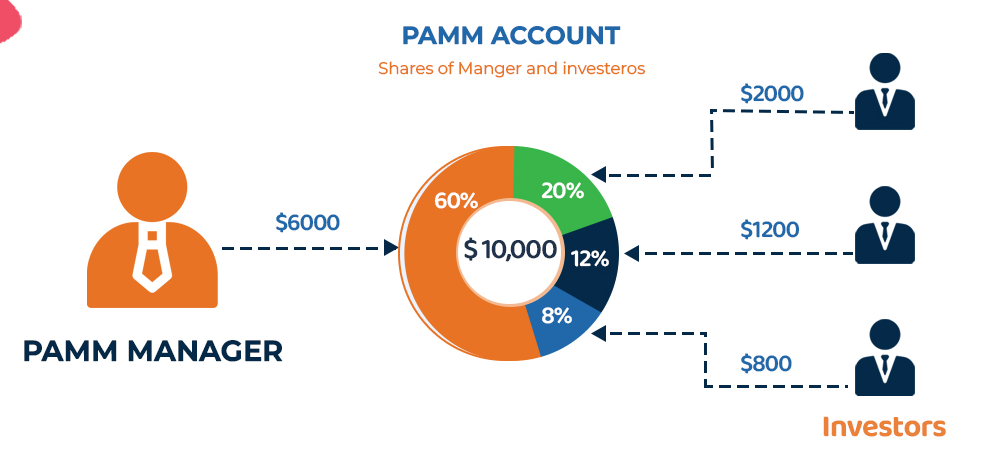The price of gold (XAU/USD) continues to build on Monday’s rebound from the $2,689 level, maintaining a bullish trajectory for the second consecutive session. Early Tuesday, gold climbed to its highest level since November 6, trading near $2,729, fueled by U.S. President Donald Trump’s tariff remarks and growing demand for safe-haven assets. Additionally, declining U.S. Treasury bond yields, driven by market expectations of two Federal Reserve rate cuts this year, further support the yellow metal.
Safe-Haven Demand and Trade War Fears Bolster Gold Prices
President Trump announced his intention to impose a 25% tariff on Canada and Mexico, with implementation expected as early as February. He also threatened tariffs on China if it failed to approve a TikTok deal, increasing demand for gold as a safe-haven investment. Meanwhile, easing inflation signals, reflected in last week’s U.S. Producer Price Index (PPI) and Consumer Price Index (CPI), reinforce the possibility of Federal Reserve rate cuts, pushing 10-year U.S. bond yields to a three-week low.
USD Gains Amid Protectionist Policy Expectations
Despite the positive momentum for gold, the U.S. Dollar (USD) has regained some ground after touching a two-week low. This recovery is attributed to expectations that Trump’s trade policies could reignite inflation and compel the Federal Reserve to maintain a hawkish stance. This has limited further gains for the non-yielding gold.
Geopolitical Developments and Market Outlook
The recent Israel-Hamas ceasefire deal and speculation about potential U.S.-Russia negotiations over the Ukraine war are supporting a positive risk sentiment, which might restrict additional bullish moves for gold. Investors are also focused on upcoming events, including the Bank of Japan’s policy meeting on January 23-24 and global flash PMI data, expected to inject volatility into gold prices later in the week.
Technical Outlook: Bullish Bias Persists
Gold has broken above the key $2,720 resistance zone, with technical indicators suggesting further upward potential. The daily chart oscillators remain positive and are not yet signaling overbought conditions, favoring bullish traders. Gold could test the next resistance at $2,735, with a potential extension toward the $2,746-$2,748 zone and possibly the October 2024 peak of $2,790.
On the downside, support levels are found at $2,700 and $2,689, with additional safety nets at $2,662-$2,660. A breach below these levels could lead to a deeper correction toward $2,635 or the $2,622-$2,618 confluence zone, which includes the November trendline and the 100-day EMA.












